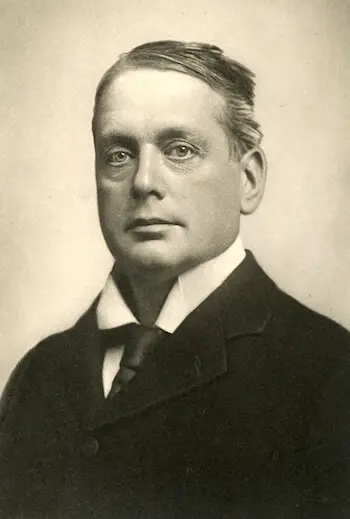To be ‘toffee-nosed’ is to be snobbish; supercilious; stuck-up.
Toffee-nosed
What's the meaning of the phrase 'Toffee-nosed'?
What's the origin of the phrase 'Toffee-nosed'?
Judging by the queries at this site’s Bulletin Board, the British expression ‘toffee-nosed’ isn’t familiar to everyone in the English-speaking world. Whenever it crops up in a BBC drama that is shown in the USA I get mail about it. For those not familiar with it, the meaning is somewhat similar to ‘posh‘.
The origin of ‘toffee-nosed’ has nothing to do with the sugary, brown sweet, but derives from ‘toff’, which was the slang term given by the lower-classes in Victorian England to stylishly-dressed upper-class gentlemen. It was recorded by Henry Mayhew in London Labour and the London Poor, 1851:
If it’s a lady and gentleman, then we cries, ‘A toff and a doll!’
It is widely agreed amongst etymologists that ‘toff’ was a corruption of ‘tuft’, which has a clear aristocratic pedigree, being the ornamental tassel on an academic cap. Specifically, a tuft was the gold tassel originally worn on academic caps at Oxford University by the sons of those peers who had a vote in the House of Lords. They were worn on the celebratory ‘Gaudy Days’, that is, the university’s twice-yearly feast days (which sound a good deal more fun than ‘Dress-down Fridays’). The wearers of the prestigious tufts became known as tufts themselves, even having their own sycophantic crowd of wannabees, known as the ‘tufthunters’.
If ever there was a tuft, it was the well-connected student Archibald Philip Primrose, the fifth Earl of Rosebery, first Earl of Midlothian and later British Prime Minister. In March 1894, The Westmoreland Gazette reported that:
Lord Rosebery was one of the last undergraduates of Christ Church who wore the gold tassel, known by the name of ‘tuft’, which was the distinguishing mark of noblemen and the sons of noblemen.
Tufts were variously called tofts, tuffs and, by 1851 at least, toffs. They were already a well-established breed before ‘toffee-nosed’ began to be used. That didn’t emerge until the early 20th century, as in this definition from Fraser and Gibbons’ Soldier and Sailor Words and Phrases, 1925:
Toffee-nosed, stuck up.
‘Stuck-up’ had emerged a century or so earlier, and is found in Charles Dickens’ Nicholas Nickleby, 1839:
‘He’s a nasty stuck-up monkey, that’s what I consider him,’ said Mrs. Squeers.
The ‘nosed’ part of ‘toffee-nosed’ appears to derive from the allusion to the haughty toffs, who stuck their noses in the air when faced with the hoi polloi.
See also: POSH.
The history of “Toffee – nosed” in printed materials
Trend of toffee – nosed in printed material over time
Related phrases and meanings
Browse more Phrases
About the Author

Phrases & Meanings
A-Z
A B C D E F G H I J K L M N O P Q R S T UV W XYZ
Categories
American Animals Australian Bible Body Colour Conflict Death Devil Dogs Emotions Euphemism Family Fashion Food French Horses ‘Jack’ Luck Money Military Music Names Nature Nautical Numbers Politics Religion Shakespeare Stupidity Entertainment Weather Women Work
How did we do?
Have you spotted something that needs updated on this page? We review all feedback we receive to ensure that we provide the most accurate and up to date information on phrases.
